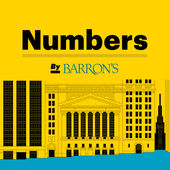Full comment in response to The Cut's article on The Skimm
I was asked to respond to a New York Magazine article and while my comment was cut down for print/digital (fair!) I wanted to put the full text somewhere:
As your Oct. 28th article discussed, The Skimm is an innovative product that addresses a mostly untapped market extremely well. But, why does this market exist? We must do more as an industry to include women, not just as the target audience of specialized products and verticals, but at the heart of journalism. Our conception of news has been shaped and developed in predominantly white and male newsrooms. This has influenced how the news is covered. For instance, newsrooms with more women tend to cover news in a more positive light, use more female sources, and have a greater audience share of women. Research to understand the implications of newsroom makeup is only beginning and should be prioritized. How do other newsroom demographics (race, age, wealth) influence how the news is covered? We must change journalism pedagogy and practice: evidence suggests that encouraging diversity in the newsroom increases engagement with more diverse audiences. Incorporating, rather than marginalizing women and minority practitioners and readers, will have positive knock-on effects for audience size and revenues of media companies, with further implications for public policy and political engagement. Let’s celebrate The Skimm’s success, both as a business founded and led by women and as a media company that seeks to engage with female millennials, but also remember that we can, should, and must do more to diversify the media.




